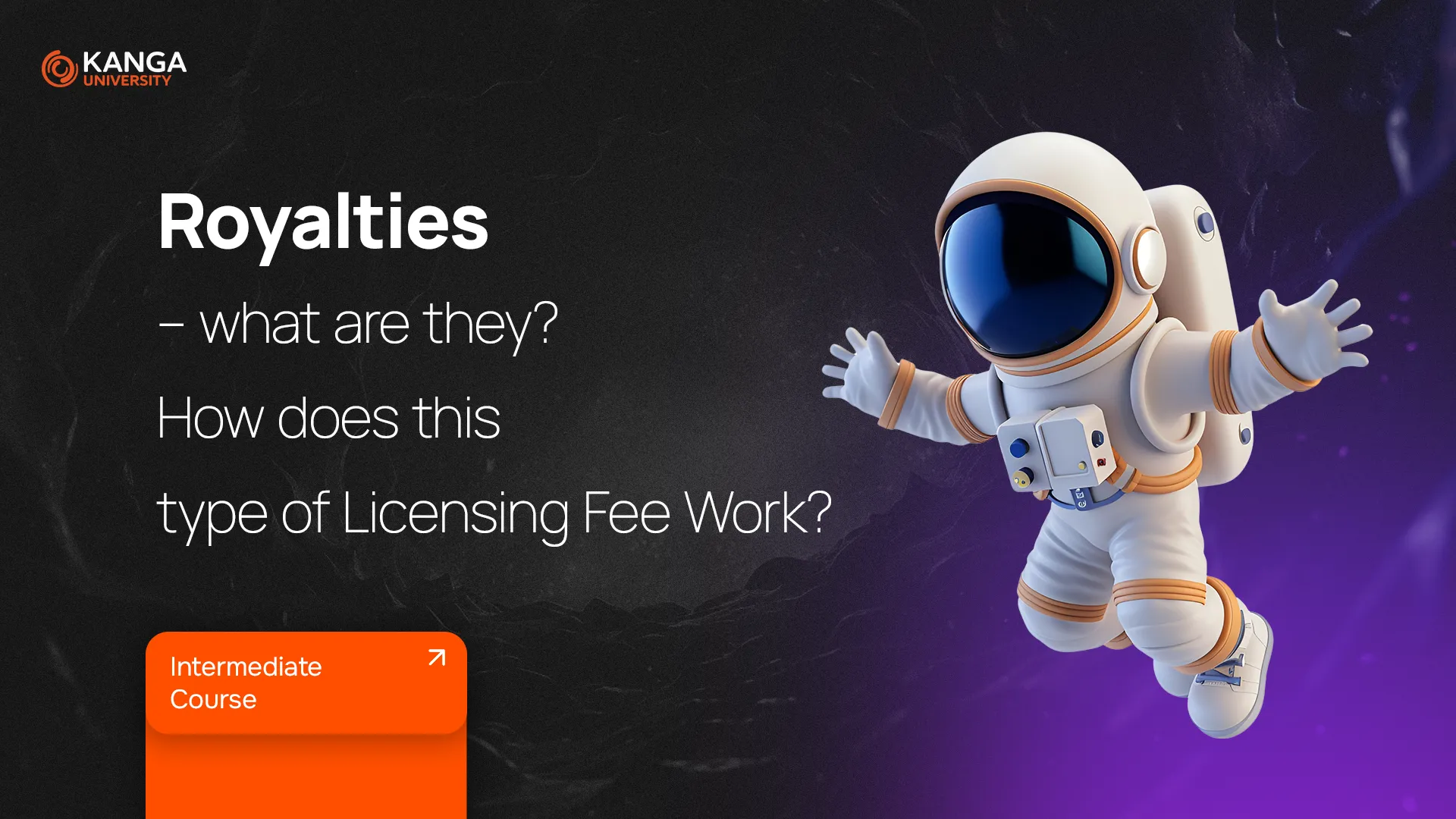
When we talk about getting paid for your creative work—like a song, a book, or even a new invention—we’re often talking about royalties. These are ongoing payments made to creators, inventors, or rights holders for the use of their intellectual property.
In today’s digital economy, royalties are more relevant than ever. And thanks to blockchain and NFTs, they’re also becoming more powerful, automated, and creator-friendly.
Let’s break down how royalties work and how they’ve evolved in the crypto space.
What Are Royalties?
Royalties are payments made to someone—usually an individual or a company—who owns a valuable asset such as a song, patent, book, or brand. In return, another party is allowed to use that asset under a license agreement.
For example, a music artist earns royalties every time their song is streamed, played in a movie, or broadcasted on the radio. An author earns royalties for every book sold. A software developer may earn royalties when their system is used by manufacturers.
Most royalties are structured as a percentage of revenue—either gross or net—generated from the use of the asset. The percentage and payment terms are defined in the licensing agreement.
Common Types of Royalties
-
Franchise Royalties: A franchisee (like a Żabka store in Poland) pays the franchisor for the right to use the brand and business model.
-
Patent Royalties: When someone uses a patented invention, they must pay the patent holder for the rights to do so.
-
Book Royalties: Publishers pay authors a percentage for each book sold.
-
Mineral Royalties: In oil, gas, or mining, companies pay landowners for extracting natural resources from their property.
-
Entertainment Royalties: Musicians and content creators receive payments when their work is used in media, advertising, or public events.
How Do Royalties Work in NFTs?
Here’s where things get exciting. In traditional markets, royalty payments depend on intermediaries—publishers, agents, platforms—to collect and distribute funds. With NFTs, that entire system can be automated.
NFT royalties allow creators to receive a percentage of every resale of their work—automatically. Whether a digital artwork is sold once, five times, or a hundred times, the creator continues earning from each transaction.
This is made possible by smart contracts, which are self-executing programs written into the NFT itself. They specify the royalty percentage and automatically send the funds to the creator’s wallet every time a secondary sale happens.
How Does the NFT Royalty System Work?
-
Minting the NFT: During creation, the artist sets a royalty percentage—commonly between 5% and 10%.
-
Smart contract activation: This royalty condition is coded into the NFT via a smart contract.
-
Secondary sales: Whenever the NFT is sold again, the blockchain automatically enforces the royalty rule. A portion of the sale price is instantly sent to the original creator’s wallet.
This model offers a powerful level of control for creators. No more chasing payments or negotiating licenses. The blockchain does the heavy lifting.
Benefits of NFT Royalties
-
Passive income: Artists and creators continue earning money from every resale.
-
Automation: No middlemen. No paperwork. The smart contract handles everything.
-
Transparency: Every transaction is public and verifiable on the blockchain.
-
Creator empowerment: Artists maintain control over how their work is used and monetized.
The Challenges
While NFT royalties offer exciting potential, there are still some gaps:
-
Not all marketplaces enforce royalties. Some allow buyers and sellers to bypass them entirely.
-
There’s no global standard for royalties in NFTs yet, which means rules can vary widely between platforms.
-
Legal frameworks for NFT royalties are still developing, especially in jurisdictions where blockchain-based contracts aren’t fully regulated.
Summary
Royalties are a core part of how artists, inventors, and brands get paid for the use of their creations. In traditional industries, this system relies on contracts and intermediaries. In the world of NFTs, royalties become automated, transparent, and creator-first.
Thanks to smart contracts and blockchain technology, artists now have a tool that lets them monetize their work forever—even after the original sale. That’s a game changer for creators, and one of the key reasons why NFTs continue to attract attention in the creative and tech worlds.